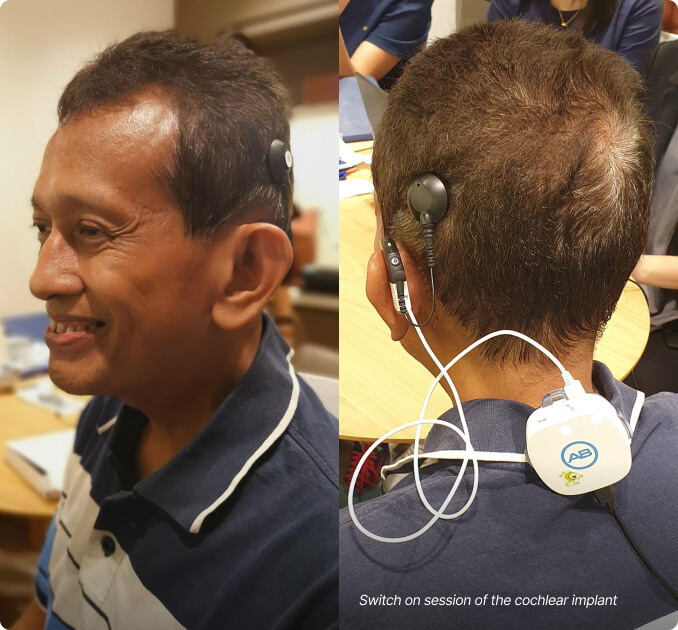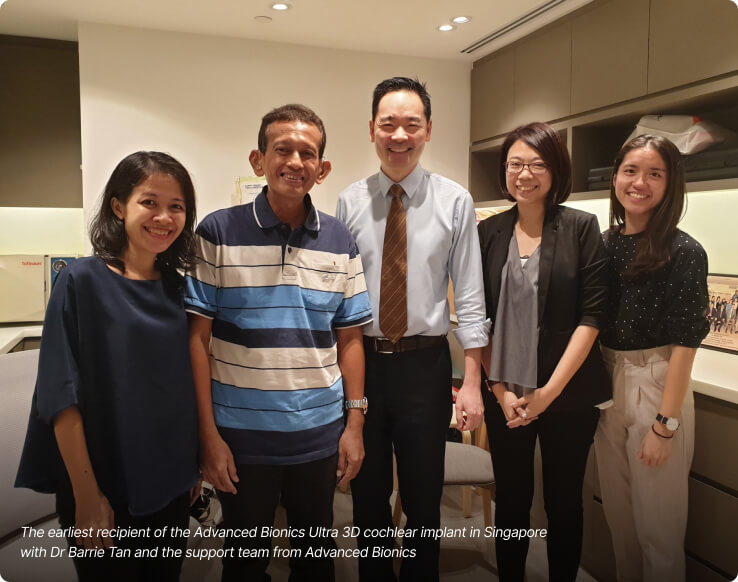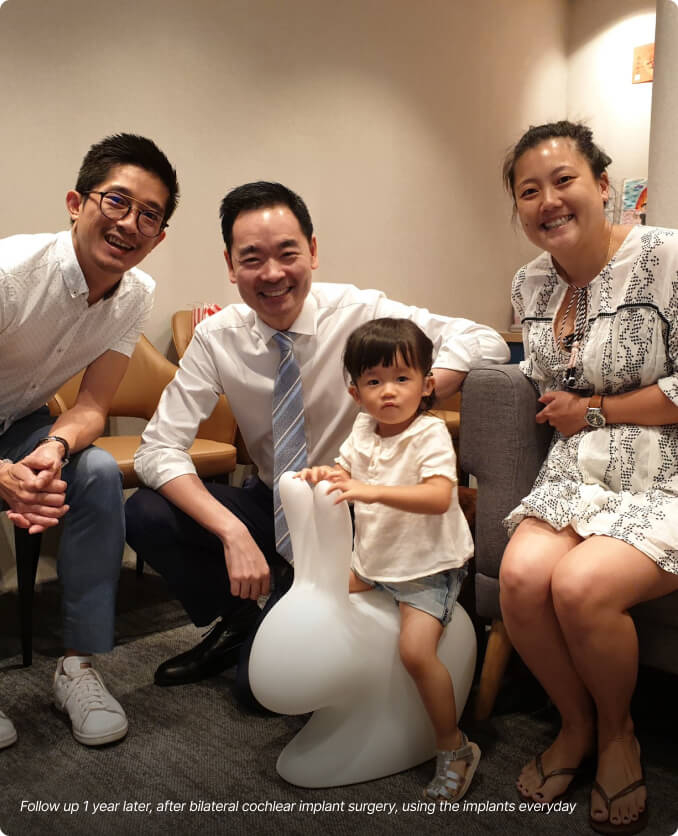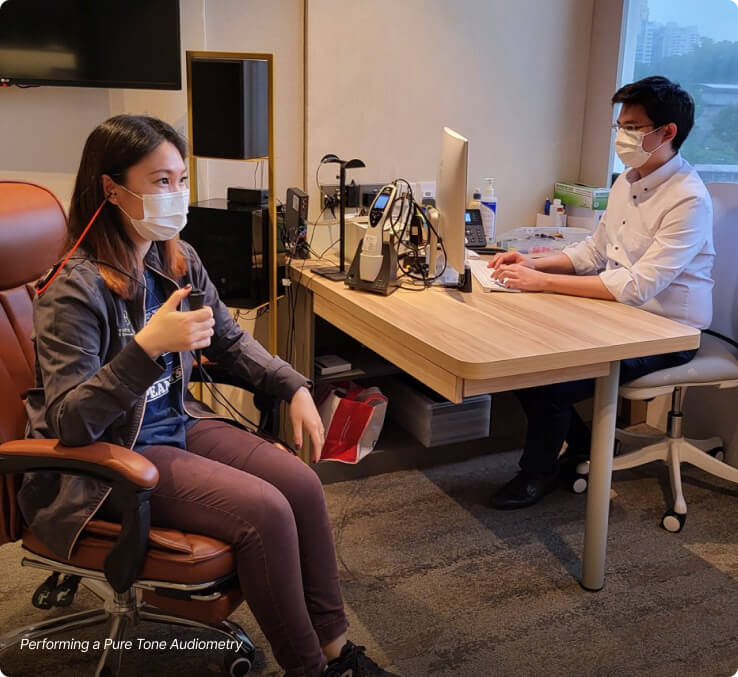What Is a Cochlear Implant?
Cochlear implants are an advanced and highly promising hearing technology that allows individuals with profound sensorineural hearing loss to hear again. This device benefits a wide range of patients—from infants born deaf to elderly individuals even into their nineties. It is a safe procedure that provides reliable, high-quality hearing for the rest of the patient’s life, if one is an eligible candidate for it.
Sensorineural hearing loss arises when the cochlea, the organ responsible for hearing, malfunctions. This impairs its ability to activate the auditory nerve, preventing sound signals from reaching the brain. Cochlear implants offer a remarkable solution by bypassing these damaged hair cells in the cochlea, typically the site of the malfunction.
The implant directly stimulates the healthy nerve endings within the cochlea. This enables the auditory nerve to carry new electrical signals, effectively replacing lost sound information. These signals are then transmitted to the brain, allowing recipients to perceive sound again.







